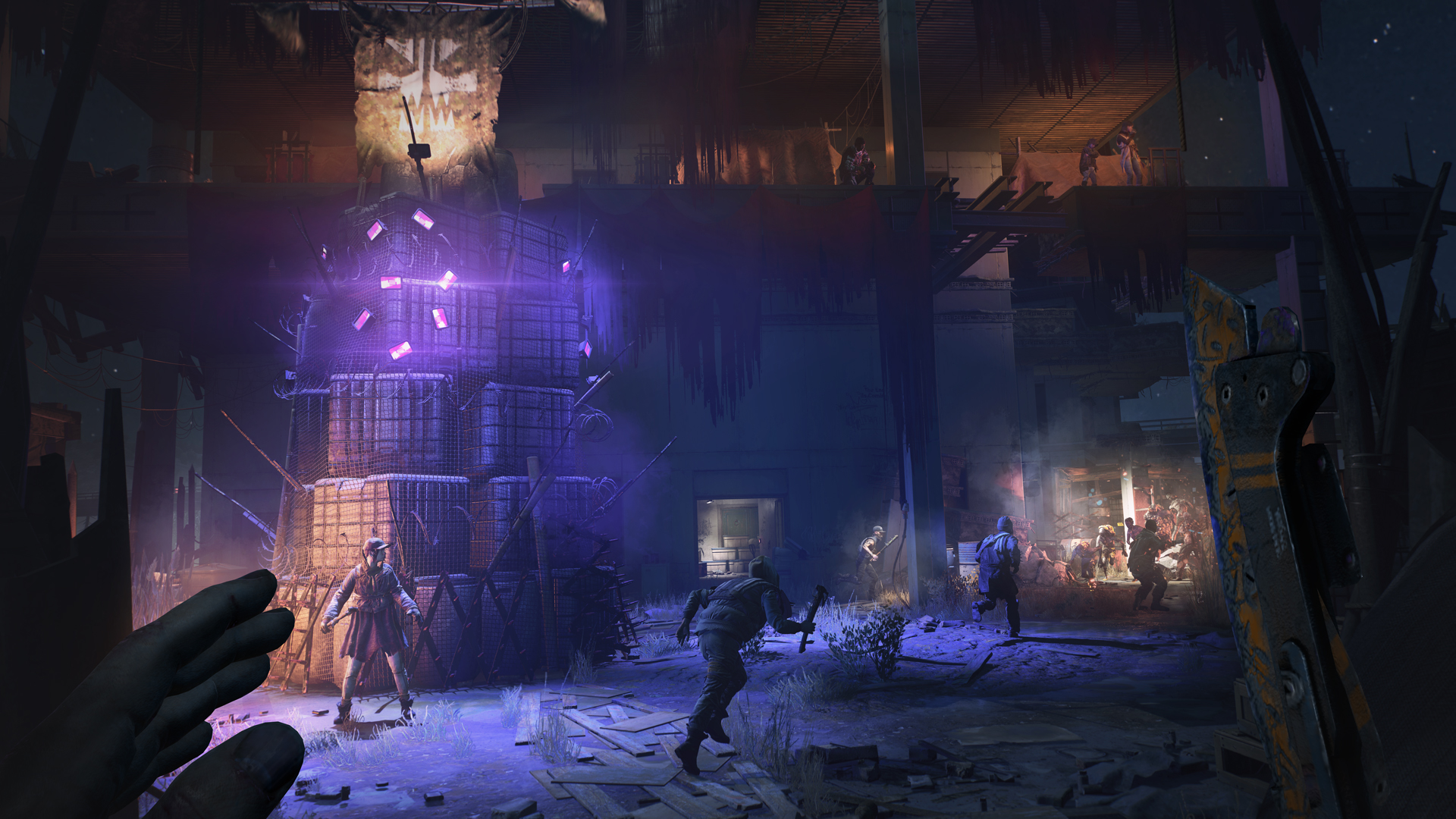
Dying Light 2's magic is in its momentum. Techland may have spent the better part of three years pulling focus onto the malleable open world it has engineered, where a choice can have sweeping consequences on the shape of the space around you, but the real draw is its movement. The kinetic sense of speed you are able to generate while piloting Aiden Caldwell, a survivor in search of his sister, around the decaying ruins of The City.
I spent four hours playing a near-final build of Dying Light 2 ahead of its new released date of February 4, 2022. While I was supposed to be pushing through the story, settling boundary disputes between three warring factions – the Peacekeepers, Survivors, and Renegades – I could quite happily have spent that time (and more) exploring. And by that, I mean clambering up ledges and bounding across rooftops; shifting effortlessly from a sprint into a wall run, using slides to maintain breakneck momentum with little disruption. A mistimed leap may lead to a dizzying plummet, though the infected that amble throughout the streets are always there to break your fall. The destination be damned, The City is a world you'll want to spend time moving around in.
Destination Unknown
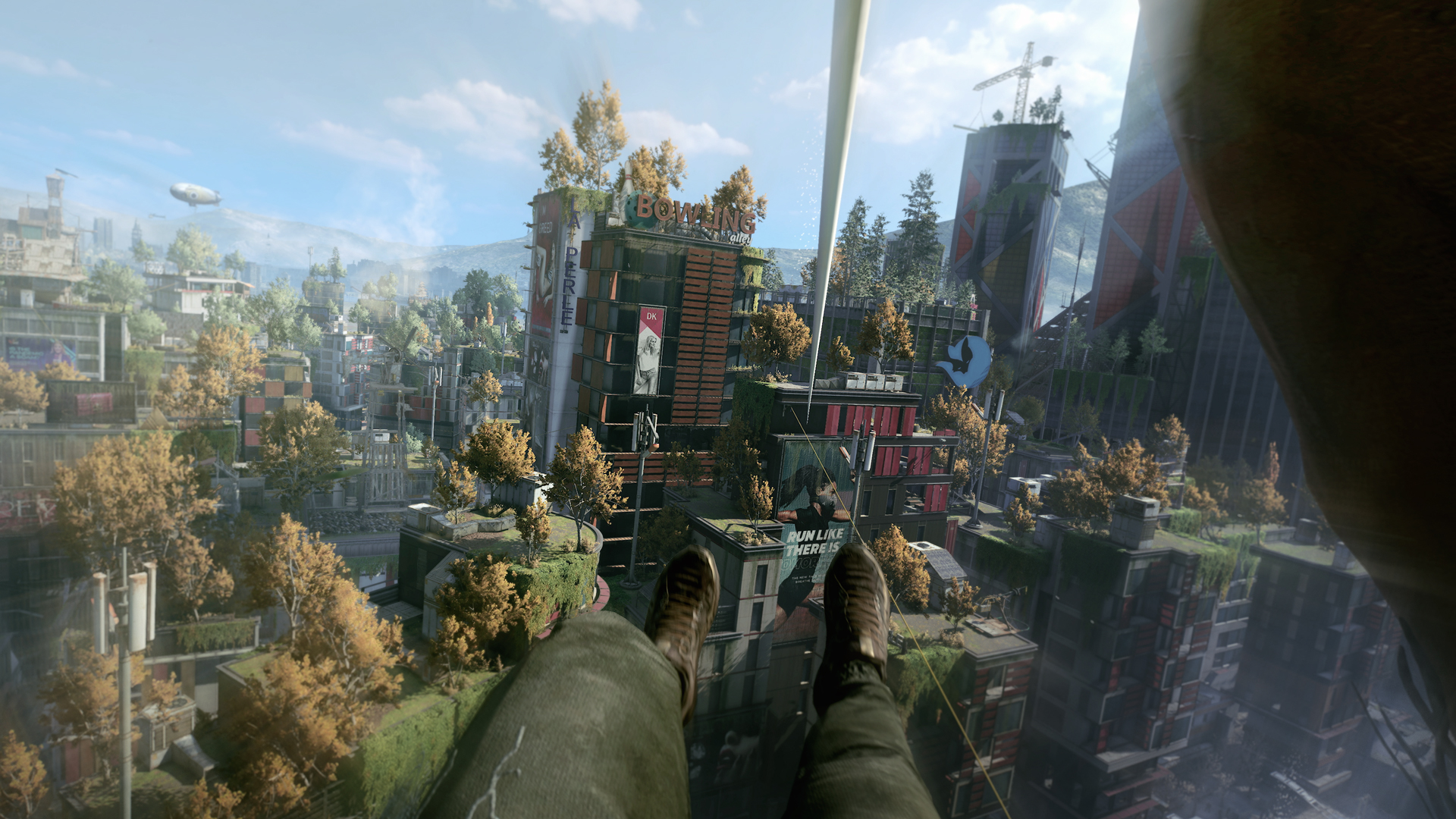
I rarely cared where I was being sent in Dying Light 2, just so long as I was able to get there without breaking my stride. There's a huge sense of gratification in properly utilizing the parkour ideals that underpin the movement and combat systems. But after a few hours of play time, I can't say that I feel all that much for the characters or their plight – locked in a deadly power struggle for control of the last occupied city on Earth. Perhaps I'll grow fonder of them over time, but I found so many of the NPCs to be unlikeable; brash or needlessly offensive as they enlist you into countless fetch quests and supply runs.
The same could be said for the original Dying Light. I don't know about you, but my memory of its story and quests is a little hazy as a result. What I do remember of the breakout 2015 hit, however, was the way it felt to play. The responsive controls and its boundless, exhilarating sense of freedom; the brutal melee combat and the difficulty shift as day descended into night. Dying Light 2 certainly has more character than its predecessor, but I can't say that I'm desperate to spend more time with its characters. Although that isn't necessarily a problem.
Everything I loved about Dying Light has been amped up here. Within its core offering, Dying Light 2 isn't evolutionary so much as it is deeply iterative. Take melee combat as an example: while the refined systems allow for more creativity they still lack variety – combos of light and heavy attacks until your favorite weapon snaps. But Dying Light 2 makes up for any lingering sense of familiarity with pure, unbridled vitality; never has hacking outstretched arms, slicing into putrefied flesh, and smashing through decaying skulls felt so life affirming.
I was surprised at how freeing movement felt in the early game, even with the skills that are necessary to pull off more complex maneuvers locked behind the progression cycle. Personally, I think the rate at which you unlock abilities in the Parkour and Combat tech trees is a little slow in its current form, and the same goes for accruing resources necessary for crafting. While I understand the necessity of gating protagonist progression in the name of longevity, moving around this world unencumbered is so key to Dying Light 2's thunderous rhythm that I'd rather have more of the moveset made available to me sooner, and for longer.
Core improvements
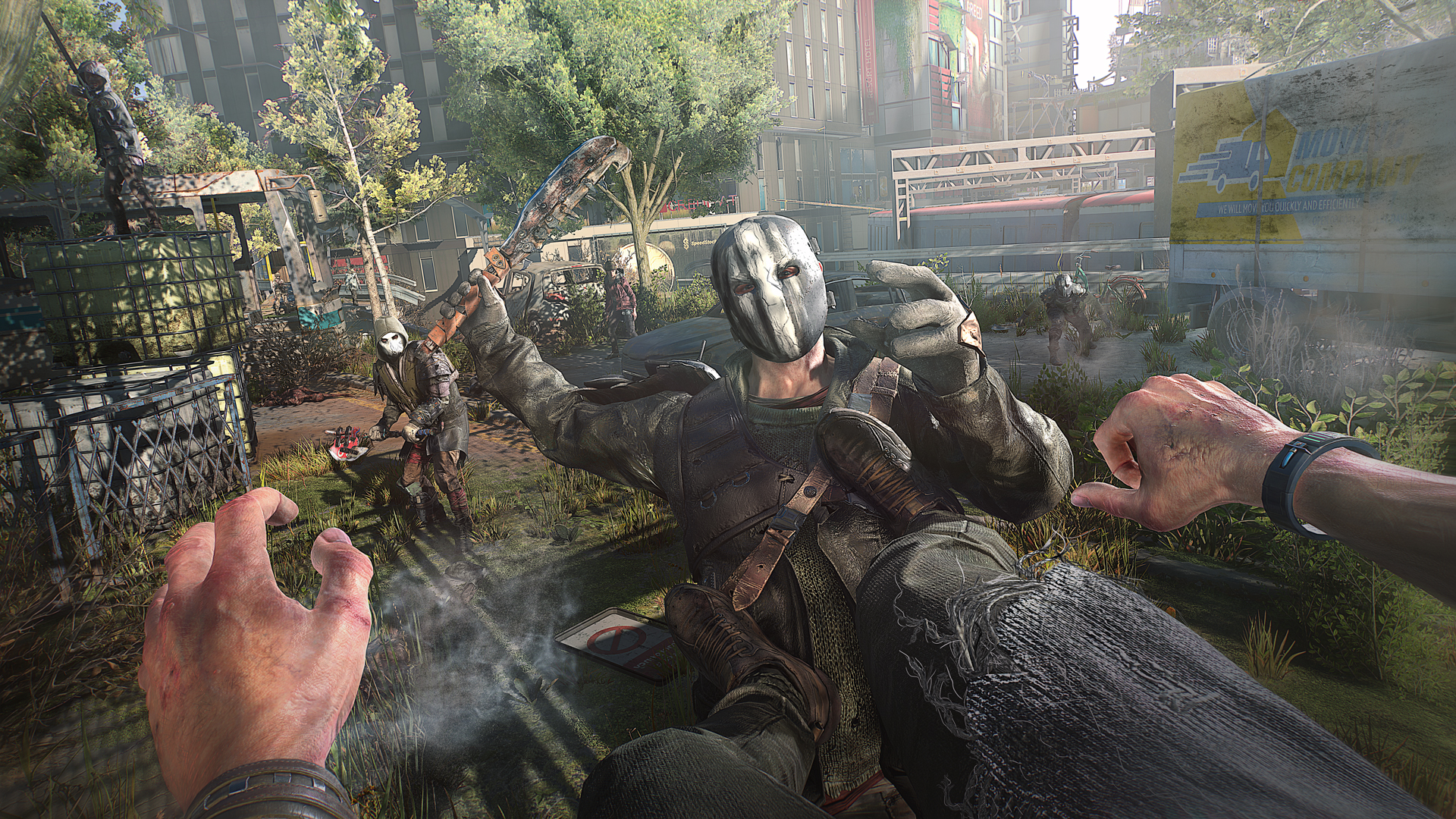
"At a human-to-human level, we really feel that we owe our community a lot"
Tymon Smektala, lead designer
It would be easy to gripe over how familiar Dying Light 2 is. It's more technologically advanced, and certainly more impressive from a performance standpoint, but strangely recognizable all the same. Then again, I had such a good time playing around in its sandbox that I can't say I mind all that much. One thing I respect about Techland's approach here is that it seems to have a keen idea of who Stay Human is for, and has oriented its priorities accordingly. Dying Light 2 feels like an expressive 'thank you' targeted to the 17 million players which ventured into Harran and out into the Countryside who ultimately made this sequel a reality.
Sign up to the GamesRadar+ Newsletter
Weekly digests, tales from the communities you love, and more
Tymon Smektala, lead designer of Dying Light 2, tells me as much. "We feel that we owe a lot to our community. Before the first Dying Light was released, we were kind of known after Dead Island and Call of Juarez, but we also felt like we were the underdog. And then we got the first reviews from the media and they weren't that good; we kind of felt a little down that the game wasn't received that well initially. You could feel disappointment in the studio – maybe not much of it, but still some. And then we started seeing what people were saying online and they really, really helped us get through it."
"They helped us to believe in what we were doing and get our confidence back. At a human-to-human level, we really feel that we owe our community a lot. We don't want to disappoint them," continues Smektala. "And now the anticipation is rising and I'm sure there will be sleepless nights waiting for the first reviews and comments from players. And we'll see... we'll see. You have to be modest as a game developer, because you might think you have made the best game in the world, but it is only the best game in the world if the gamers are saying that."
I've been thinking about Dying Light 2 a lot since getting my hands on it. I have this lingering sense that Dying Light 2 is a more expansive, and better optimized, version of Techland's original vision for the series. The studio has a famously good dialogue with its community after putting so much post-launch support behind Dying Light, and it has a broad consensus view of what could change and what should remain the same. The team has years of experience behind it now from playing in this world and more powerful hardware to play with, something that you can feel keenly in the handling models, enemy AI, weapon dynamics, and sharp presentation and performance standards across the build I played around in. I can't wait to play more of it.
Big decisions
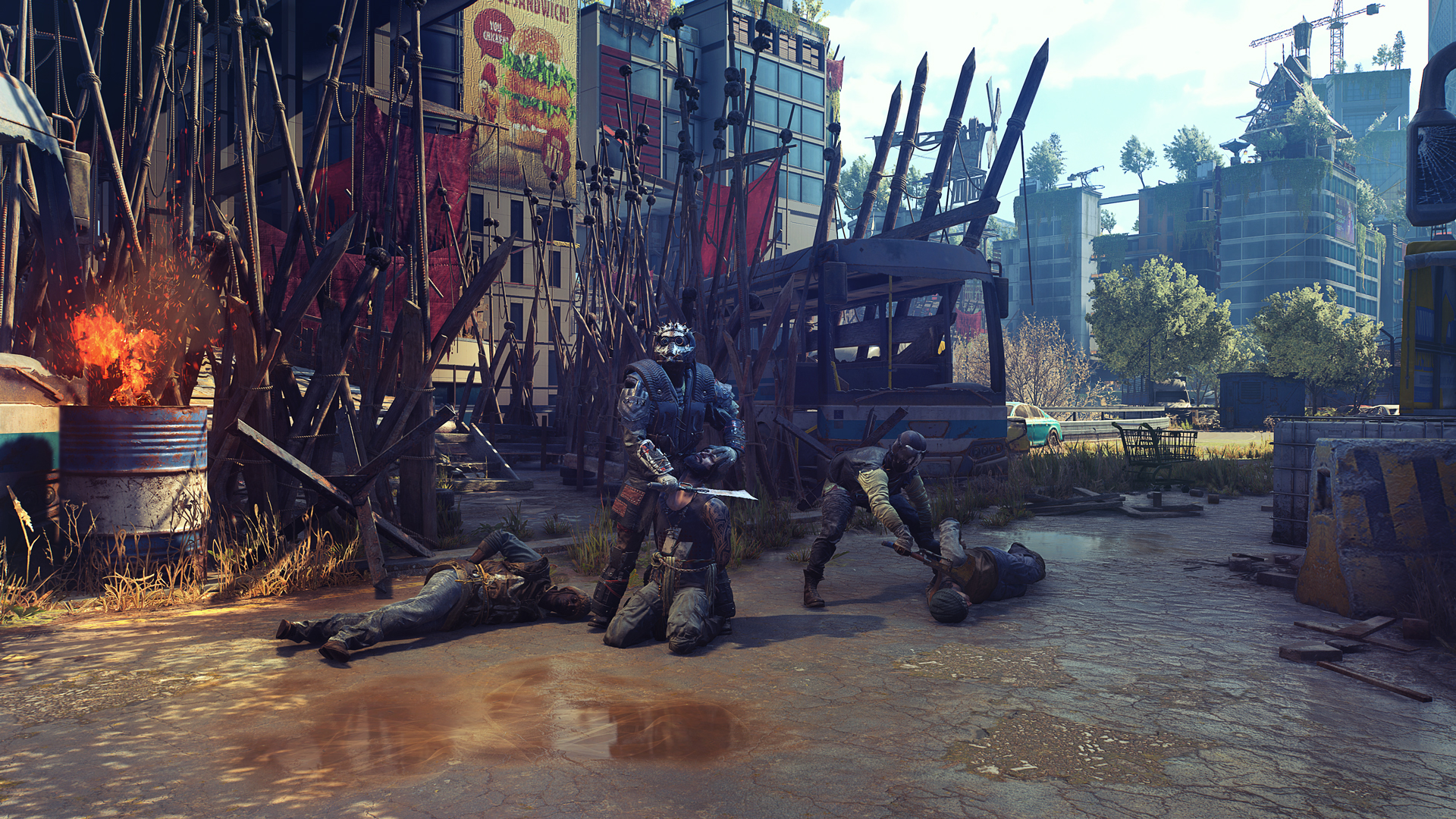
So while the way Dying Light 2 plays may not be all that evolutionary, the technology underpinning sure is. The question that's been front of mind since Dying Light 2 was revealed in 2018 was how would choice and consequence actually manifest itself in this reactive open world that's four times the size of Harran. The truth is, it's difficult to know after playing just four hours. I encountered two scenarios in which a decision would change the structure of The City around me and, while it's certainly cool as hell to see such large districts (the world is made up of seven in total) permanently change because of something that I've done, I'm yet to really understand the moral framing driving it all.
There's this audio sting that plays when you need to make a big decision, typically to hand over control of some critical piece of infrastructure in the City – a water tower, an electrical plant, and so on – to either the Peacekeepers or the Survivors. Consider the former and you'll be met with a dark, foreboding soundscape, whereas the latter is tracked by a more vibrant and chirpy sound. It paints the choice as fairly black and white, where my expectation was for Aiden (who has no skin in the broader skirmish) to be a neutral actor, seeing the merits of either side of the battle and being swayed on each decision because of the characters around him.
In reality, unless adjustments are made to make these decisions seem like they are sitting in more of a morally gray area, I can see players taking a side early on and following it through to the end – much like those who swayed Paragon or Renegade in Mass Effect with little adjustment, even if there are short or long term benefits to swapping sides at certain points in time. Either way, that's something we'll figure out together next year – when we look to see whether Techland is able to stick this landing after numerous delays had thrust Dying Light 2 into what at times felt like was an endless freefall.
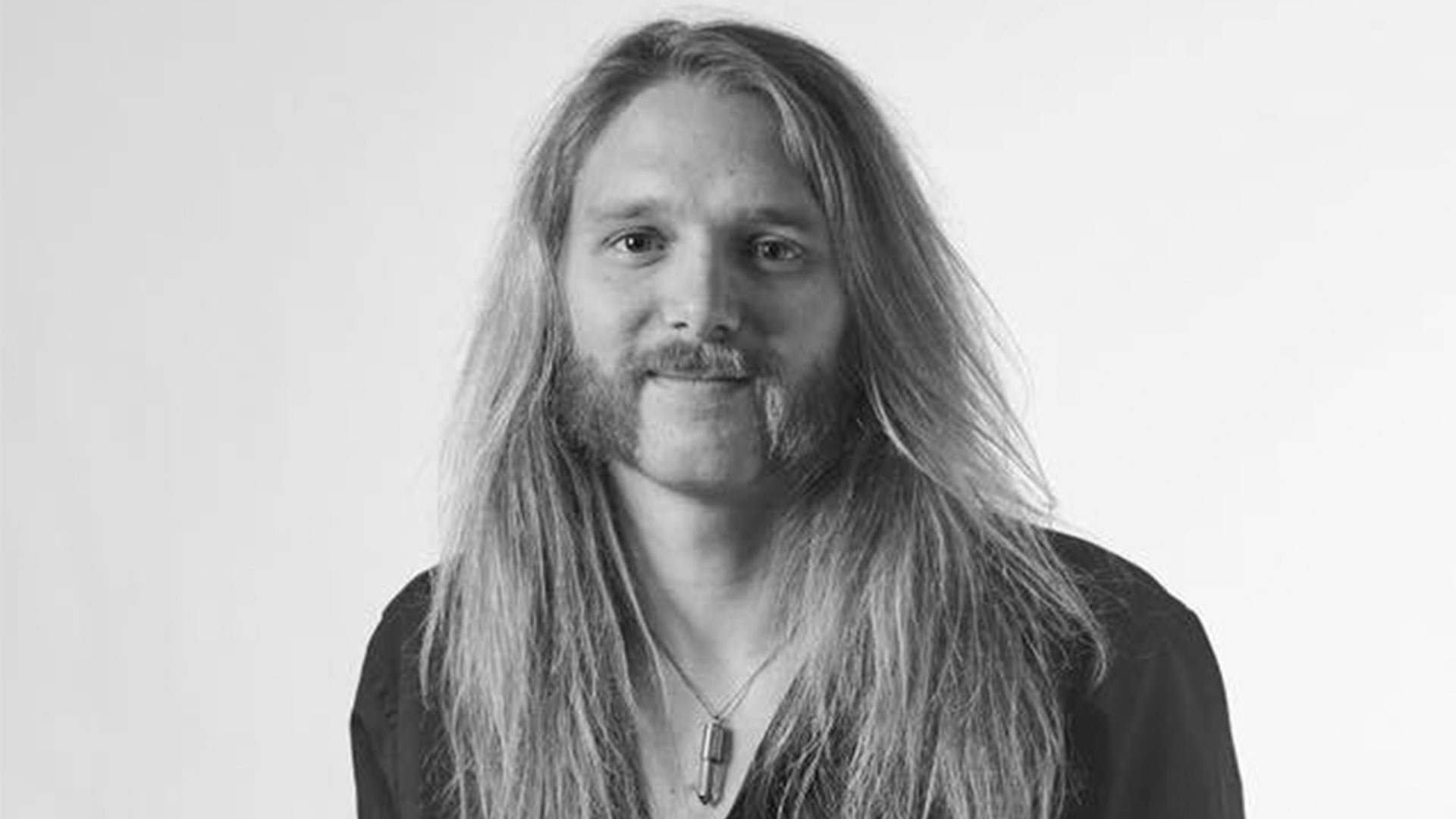
Josh West is the Editor-in-Chief of GamesRadar+. He has over 15 years experience in online and print journalism, and holds a BA (Hons) in Journalism and Feature Writing. Prior to starting his current position, Josh has served as GR+'s Features Editor and Deputy Editor of games™ magazine, and has freelanced for numerous publications including 3D Artist, Edge magazine, iCreate, Metal Hammer, Play, Retro Gamer, and SFX. Additionally, he has appeared on the BBC and ITV to provide expert comment, written for Scholastic books, edited a book for Hachette, and worked as the Assistant Producer of the Future Games Show. In his spare time, Josh likes to play bass guitar and video games. Years ago, he was in a few movies and TV shows that you've definitely seen but will never be able to spot him in.


